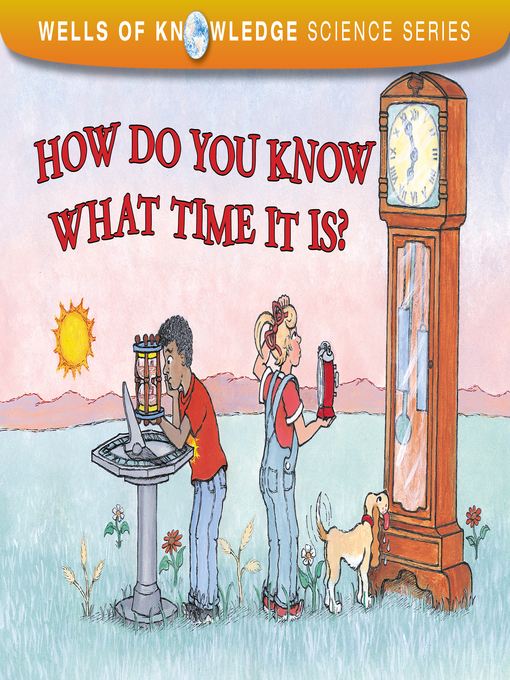What would life be like with no clocks and no calendars? How would you know when to get up in the morning? How would you know when baseball season was about to start? Long, long ago, all people could do was watch the sun and moon and try to figure things out. Eventually, they made simple clocks like sundials. And as time marched on, people came up with more ways to measure it. Today, quartz crystal watches and atomic clocks tell us EXACTLY what time it is, at any moment, all over the world.
- Available now
- New eBook additions
- New kids and teen additions
- Most popular
- Try something different
- See all ebooks collections
- New audiobook additions
- Available now
- New kids and teen additions
- Most popular
- Try something different
- See all audiobooks collections
- Popular Magazines
- Just Added
- Food & Wine
- Fashion
- Health & Fitness
- Home & Garden
- News & Politics
- See all magazines collections



